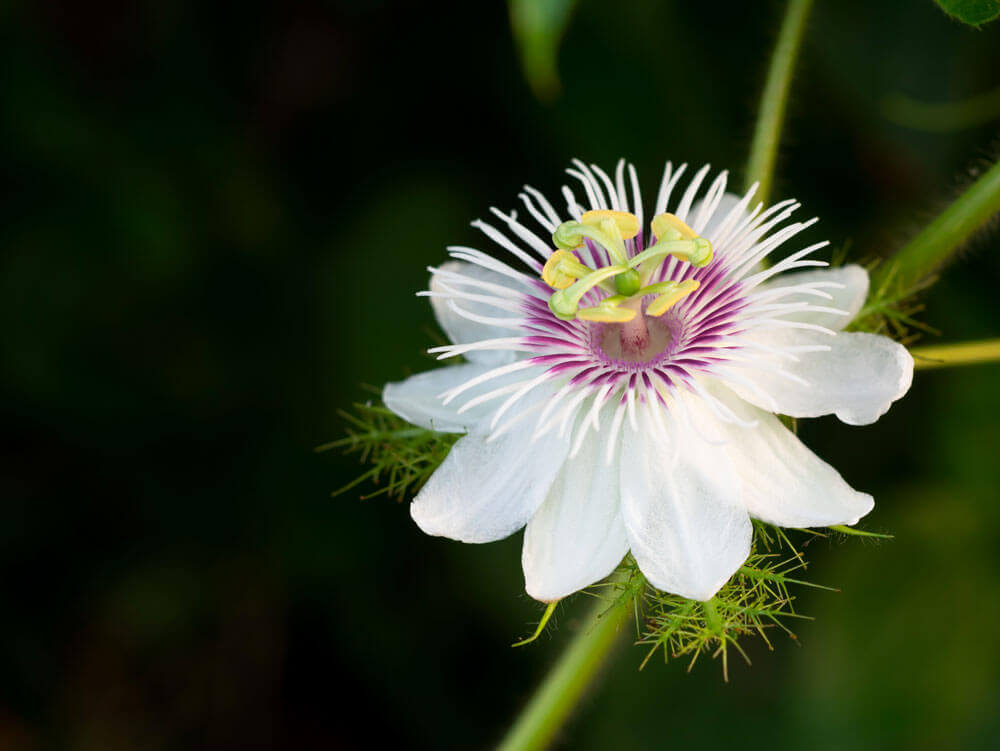Passiflora: Identification, plant Growth and reproduction

Learn about the plant
Passiflora is a genus of near 400 species of mostly evergreen tendril climbers and a few annuals, perennials, shrubs, and bushes. The plant grows in spectacular woodland, on rocks, as well as in grassland, in warm North, Central, and South America, in exotic Asian countries, Modern Australia, New Zealand, as well as the Pacific isles.
The Passiflora is a tropical-looking, quick-lived, waxy blossoms expand on this fast-developing, evergreen, or deciduous vines produced outdoors. The plant grows only inside the southernmost U.S. Elements of the short-resided plants have been proved to signify aspects within the biblical tale of Jesus’ Interest. Types add the popular Blue Passionflower (P. Caerulea), which can be nearly immune to unwanted pests and is also less impacted by frost. P. Alatocaerulea, which is found in perfume, has fragrant, bright white blooms, tinted pink, and lavender with intensely glowing blue or purple crowns. Vines attain twenty to thirty ft. Large. Energetic expansion can become a tangle of the latest and old vines, so thin each springtime after the second year and help vines on trellises or fencing. Passiflora Wants full direct sunlight to partial tone.
Plant growth conditions
Medium heat in the summertime – lowest 55F during winter—vividly illuminated place. Expand in garden soil-structured planting mixture.
Always keep rich compost wet consistently but never waterlogged. Decrease irrigating in winter. Use delicate, tepid water. Misting is necessary.
Plant reproduction
Get come cuttings in springtime. Sow seed at 55-64 F (13-18 C) in spring.
